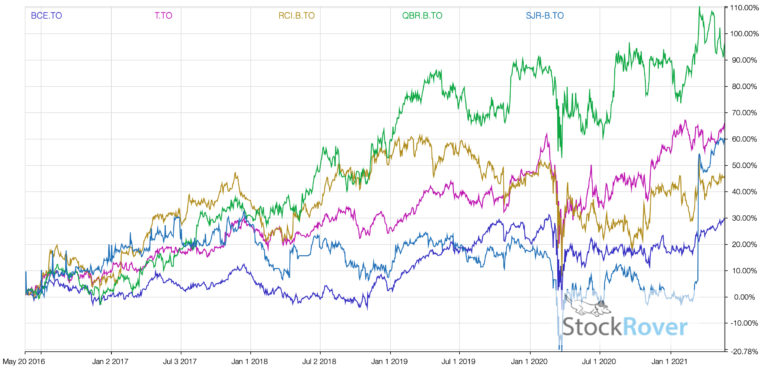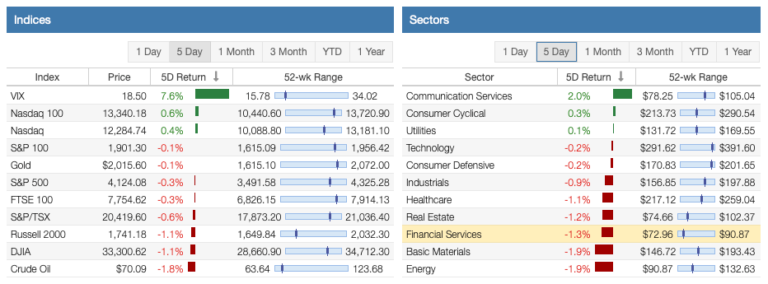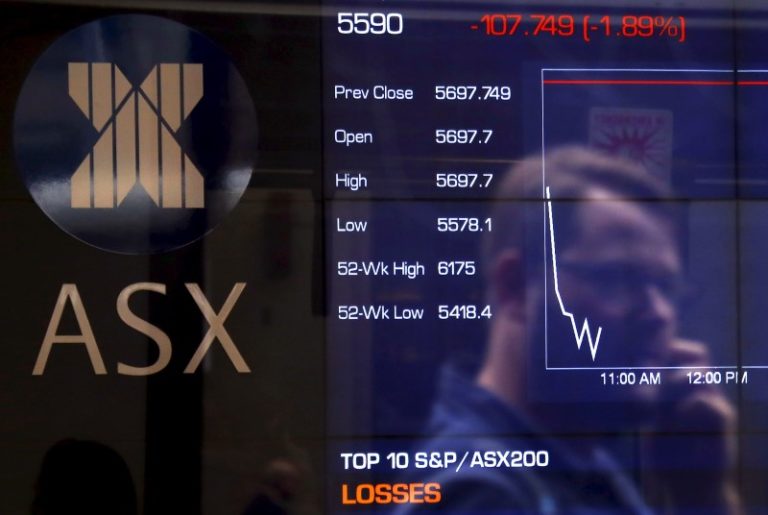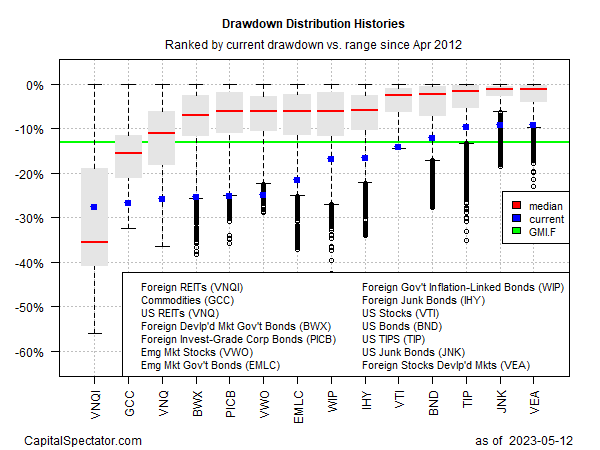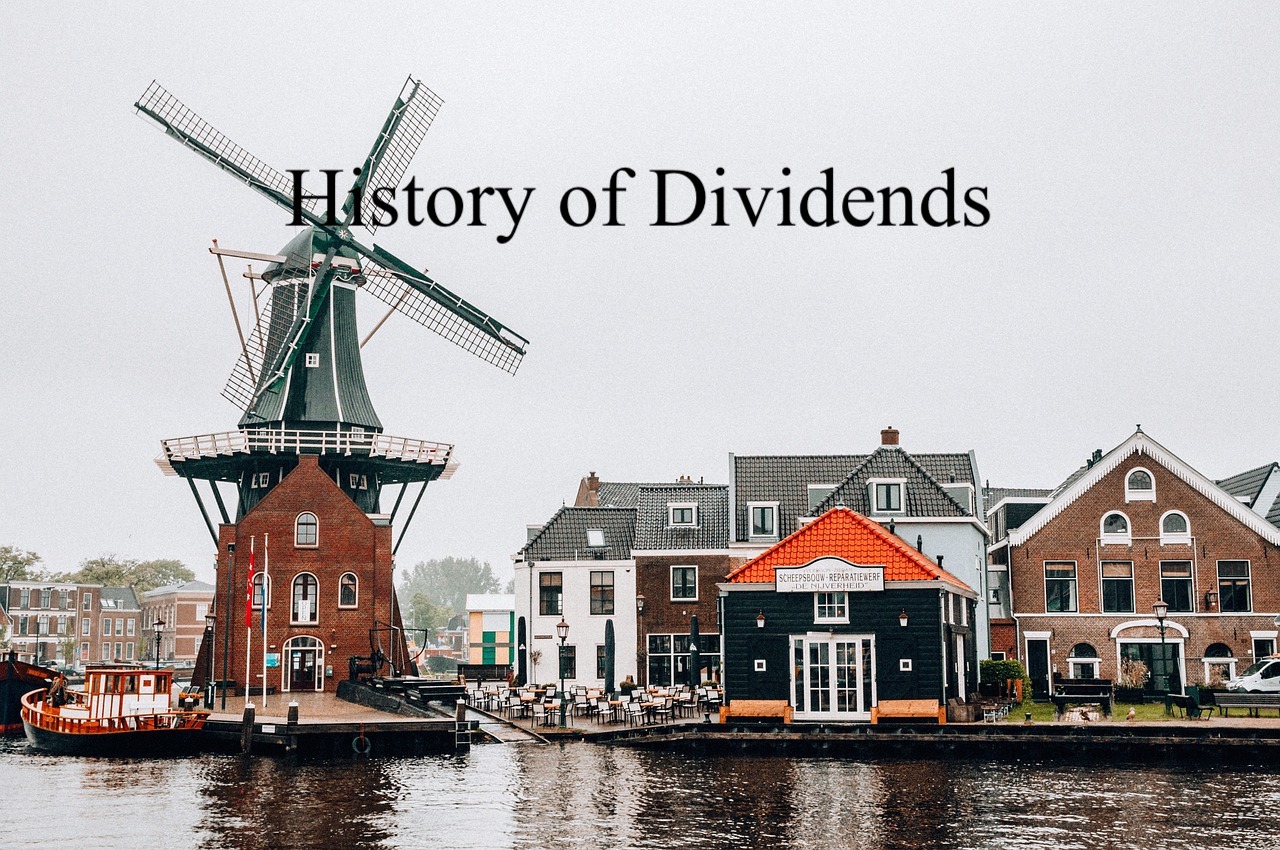
The history of dividends goes back more than 400 years to the early 1600s when the Dutch East India Company paid the first dividend. At that time, the dividend yields were higher, but the concept was the same as today. In the early years, dividends were important because they were the source of investors returns. Today, they are still an essential component of total returns.
Dividends are cash distributions from profits paid by companies to their investors. Thus, dividends are cash payouts to investors.
A company has several uses for profits. It can reinvest through capital expenditures, acquisitions, paying down debt, buyback shares, or paying a dividend. After reinvesting and paying debt, a firm will return cash to shareholders.
Most United States companies pay dividends quarterly, although some pay monthly, semi-annually, or annually. It is more common for European or Asian companies to pay dividends semi-annually or annually.

Affiliate
If you are interested in investing in stocks that pay dividends I recommend signing up for the Sure Dividend Newsletter*. It is a good value and one of the best dividend stock newsletters available. There is a 7-day free trial and grace period so it is risk free. The service provides top 10 stock picks each month with discussion of advantages, valuation, and risks. I highly recommend them and use their insights for my own stock research.
Timeline for the History of Dividends
1602 – 1800 – Reportedly, the first recorded public company to pay a regular dividend was the Dutch East India Company, formed in Holland in 1602 with a monopoly on the spice trade with India. The monopoly supported hefty dividend payments. In the early years, the company paid dividends as high as 75%, but over the first 15 years, the dividend average was 25%. In its almost 200 years of existence, the dividend payment averaged about 18% annually.
1661 – The British East Indian Company announced its first dividend of 20% paid in 1662. The company traces its founding back to 1599.
1684 – The Hudson Bay Company was probably the first company in North America to pay a dividend. The first dividend was paid to shareholders 14 years after the company was formed in 1670. The dividend was 50% of the par value of the stock.
1781 – In the United States, the Bank of North America was chartered in 1781 in Philadelphia. It started paying a 4.5% dividend after six months. Over the next 100 years, shareholders received, on average, 9.4% dividend yields.
1784 – 1791 – The Bank of New York paid a 3% semi-annual dividend.
1812 – 1860 – Textile mills in the U.S. paid dividends.
1816 – In the U.S., York Water Company (YORW) was founded and started its streak of consecutive dividend payments. The company has over 200 years of paying a dividend. It is also the oldest publicly traded utility in the country.
1829 – The Bank of Montreal (BMO) starts to pay a dividend about eight years after its founding in Canada.
1836 – Railroad companies issued preferred stocks. This special class of stock was used to raise capital and pay dividends. From 1843 – 1850, a handful of preferred stocks paid dividends, with some in the range of 10% – 12%.
1840 – In the U.K., most railroad stocks paid at least 6% dividends.
1865 – 1900 – Most manufacturing companies were paying dividends driven by rapid population growth. Textile firms paid a dividend of almost 8% on average per year.
1882 – The predecessor of Exxon Mobil (XOM), Standard Oil, starts paying a dividend. Both Exxon and Mobil were spun out of John D. Rockefeller’s oil monopoly. The two companies merged back together in 1999.
1885 – A few years later, Eli Lilly (LLY) started paying a dividend.
1885 – Consolidated Edison (E.D.), another long-time dividend payer, also started paying a dividend in 1885. The utility traces its roots back to the New York Gas Light Company, founded in 1823. Consolidated Edison grew by providing electricity to New York City and the surrounding metro area.
2003 – Fast forward to modern times, and Microsoft (MSFT) starts paying a dividend. The firm returns the most cash of all U.S. companies by dividends.
2011 – Apple starts paying a dividend.
2020 – A historic amount of dividend cuts and omissions are caused by the COVID-19 pandemic. Companies revenues and profits drop limiting their ability to pay dividends.
Longest Paying Dividend Stocks
In the United States, history of dividends goes back roughly 200 years. The company with the longest track record of paying a dividend is York Water at 206 years. No other firm has yet reached the 200-year mark. However, 22 companies have paid a dividend for more than 100 years. The list of longest paying dividend stocks includes many well-known ones, and some are dividend growth stocks.
In Canada, the company with the longest track record of paying a dividend is the Bank of Montreal. The banks started to pay a dividend in 1829. Five other companies have paid a dividend for more than 100 years.
Dividend Yields Decline
Reviewing the history of dividends, a point that stands out is dividend yields have declined over time. The earliest dividend yields were significantly higher than today. In fact, they were often in the double-digit percentages.
In the U.S., between 1871 and 1982, the average dividend yield of the S&P Composite Index was approximately 5%. However, the average fell to about 2.5% between 1983 and 2010. Since then, it has declined further. As a result, the S&P 500 Index’s average dividend yield is now about 1.70%, significantly less than half the average for the first 100 years of the U.S. stock market.
This decline is primarily correlated to the introduction of the 401(k) plan in 1980 and the Economic Recovery Tax Act in 1981. The Act allowed all employees to contribute to an Individual Retirement Account (IRA).
Final Thoughts about the History of Dividends
The history of dividends is an interesting one. They are a significant component of total return and often provide stability during bear markets or corrections. Hence, inceptors should consider dividend paying stocks in their portfolios.
Related Articles on Dividend Power
Here are my recommendations:
If you are unsure on how to invest in dividend stocks or are just getting started with dividend investing. Take a look at my Review of the Simply Investing Report and Course. I also provide a Review of the Simply Investing Course. Note that I am an affiliate of Simply Investing.
If you are interested in an excellent resource for DIY dividend growth investors. I suggest reading my Review of The Sure Dividend Newsletter. Note that I am an affiliate of Sure Dividend.
Read my Review of Stock Rover if you want leading investment research and a portfolio management platform with all the fundamental metrics, screens, and analysis tools you need. I am an affiliate of Stock Rover.
If you would like notifications as to when my new articles are published, please sign up for my free weekly e-mail. You will receive a free spreadsheet of the Dividend Kings! You will also join thousands of other readers each month!
*This post contains affiliate links meaning that I earn a commission for any purchases that you make at the Affiliates website through these links. This will not incur additional costs for you. Please read my disclosure for more information.
Prakash Kolli is the founder of the Dividend Power site. He is a self-taught investor, analyst, and writer on dividend growth stocks and financial independence. His writings can be found on Seeking Alpha, InvestorPlace, Business Insider, Nasdaq, TalkMarkets, ValueWalk, The Money Show, Forbes, Yahoo Finance, and leading financial sites. In addition, he is part of the Portfolio Insight and Sure Dividend teams. He was recently in the top 1.0% and 100 (73 out of over 13,450) financial bloggers, as tracked by TipRanks (an independent analyst tracking site) for his articles on Seeking Alpha.
Published at Wed, 28 Dec 2022 04:30:28 -0800
